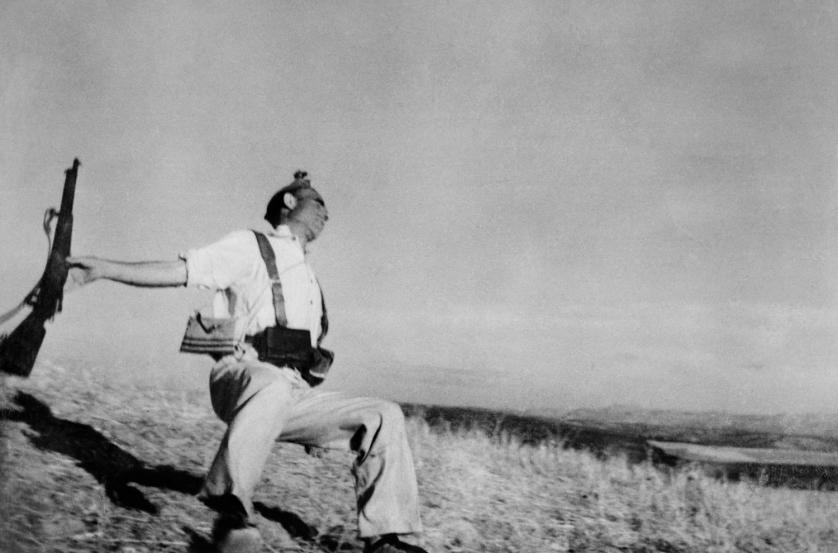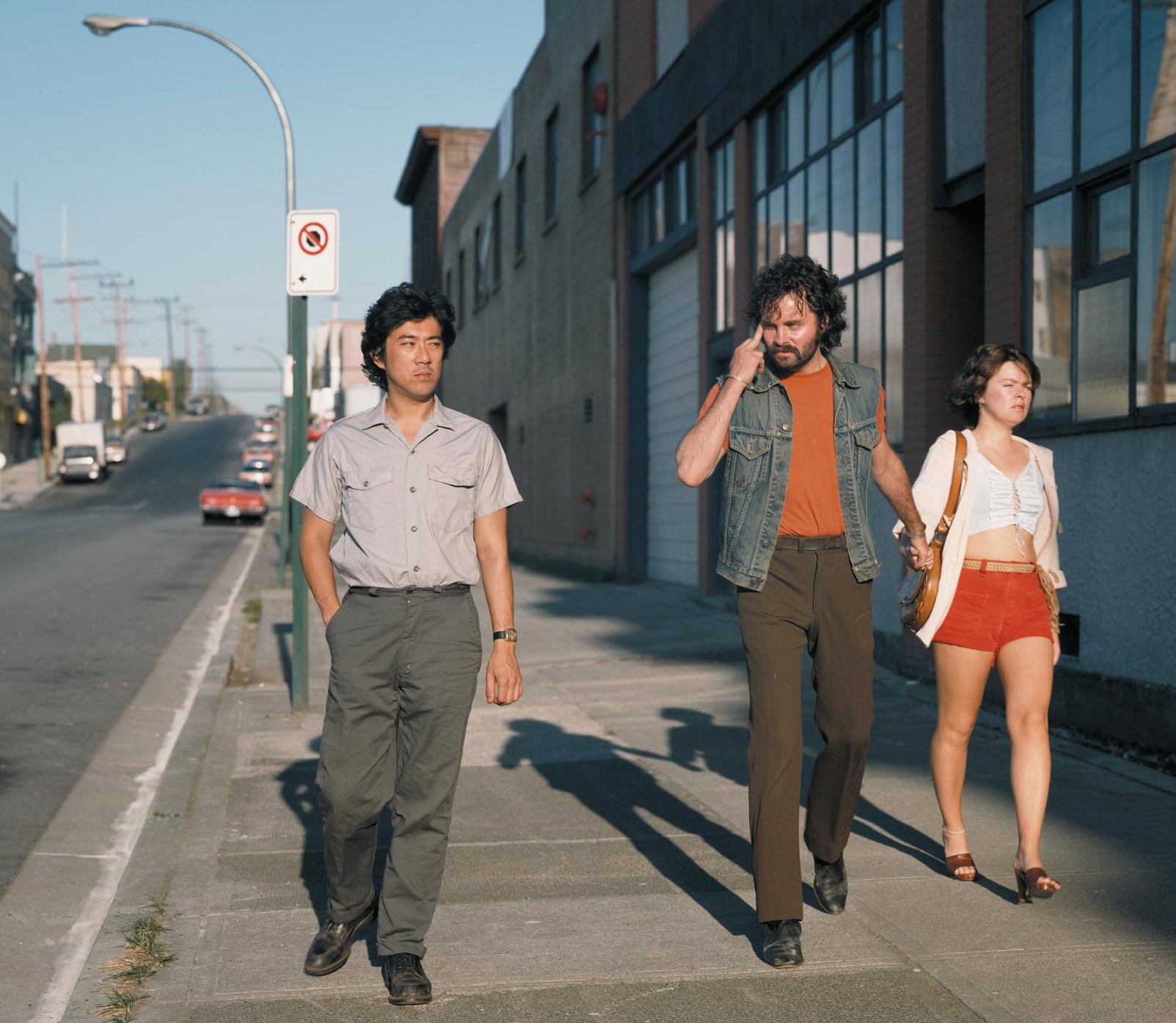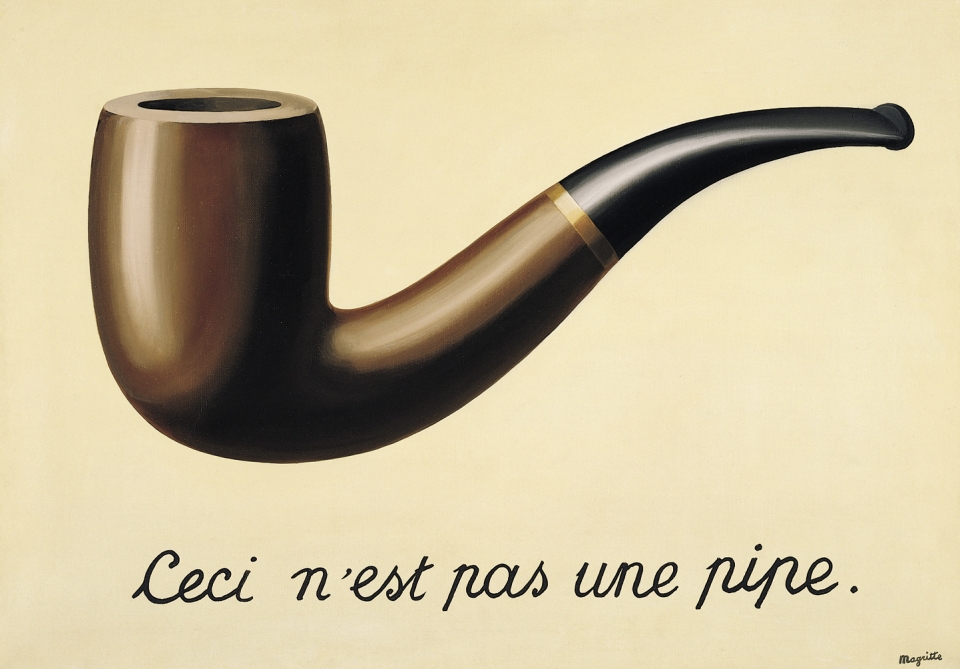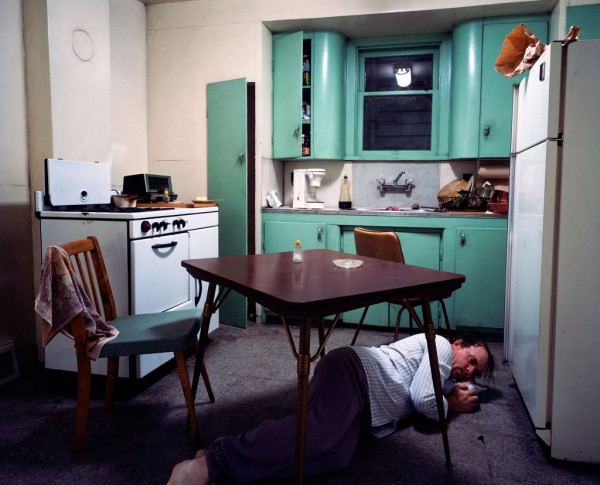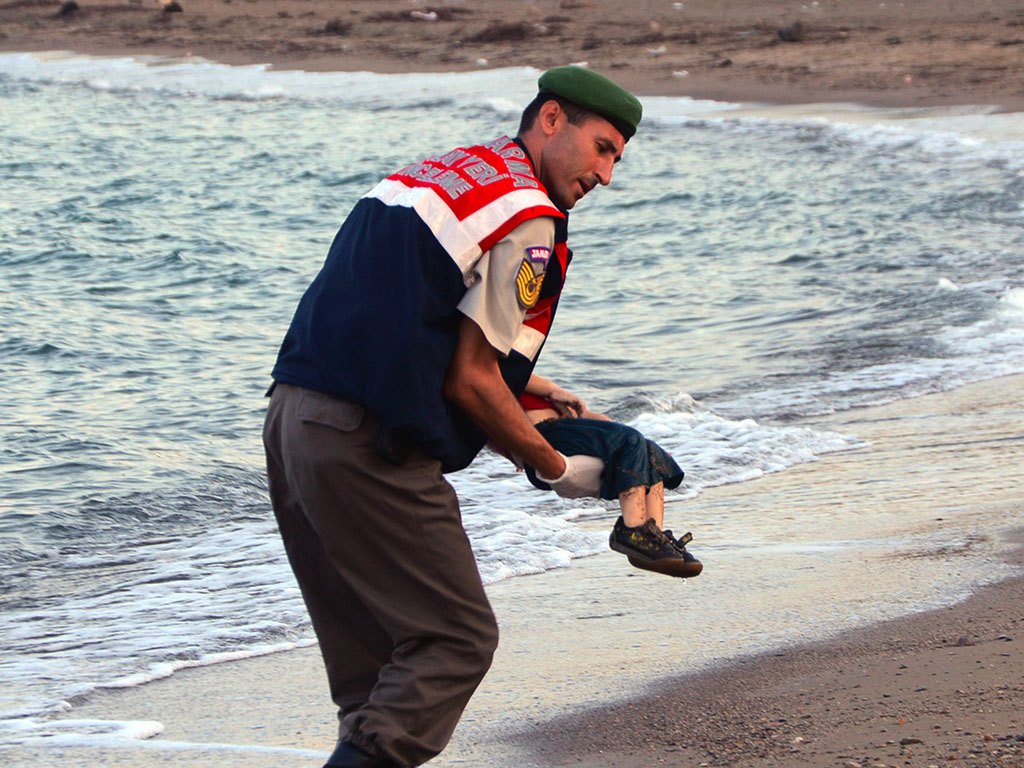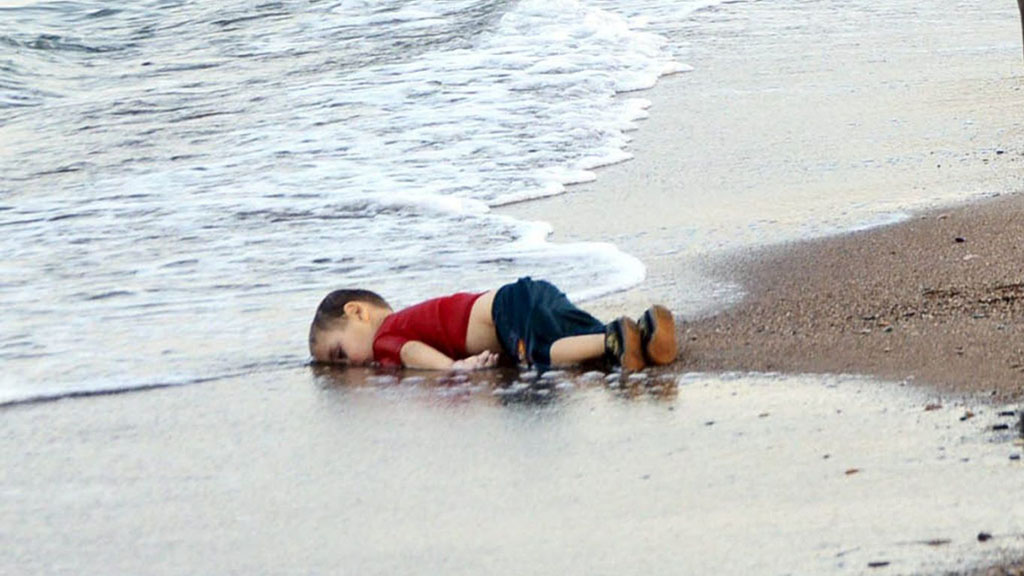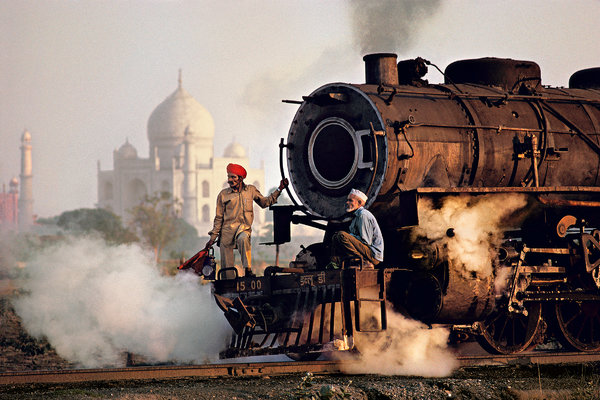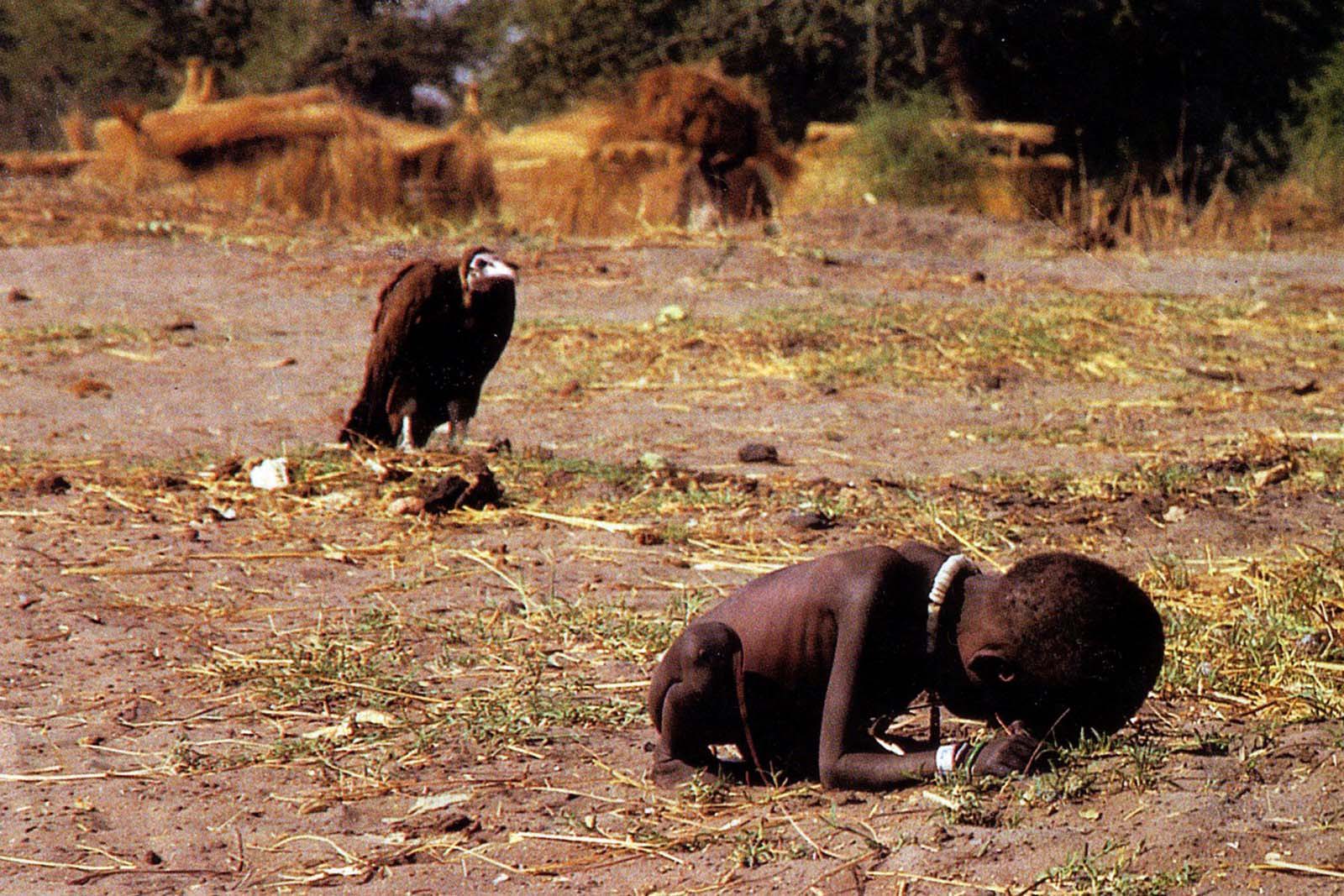 Realism Photography Movement
Realism Photography Movement
The first successful form of photography was a Daguerroetype, named after Louis-Jacques-Mandé Daguerre from France, he invented the technique in collaboration with Nicéphore Niépce in 1830s. Daguerre and Niépce found that if a copper plate coated with silver iodide was exposed to light in a camera then fumed with mercury vapour and fixed by a solution of common salt, a permanent image would be formed. A great number of daguerreotypes, especially portraits, were made in the mid-19th century; the technique was supplanted by the wet collodion process. Daguerreotypes soon became popular by the hundreds of thousands. The first photo portrait was made by Samuel F.B. Morse, inventor of the telegraph.
With the invention of photography, the art of portraiture would become almost non-existent. By 1858, photography was an assured fact, and photographers were able to prove at last how living beings really look in motion, to the great discomfiture of artists in the classic tradition with their contrived poses. In other words, photographs capture the essence of the action, the movement as it is, and there is absolutely no doubt in the veracity or accuracy of the photograph. This fits in perfectly with the realists because their sole focus is to portray the world, as it is, and not in a blown-up, romantic manner.
The term realism was coined by the French novelist Champfleury in the 1840s In practice, a realist subject matter was scenes of peasant and working class life, the life of the city streets, cafes and popular entertainments. The term generally implies a certain grittiness in choice of subject. Such subject matter combined with the new naturalism of treatment caused shock among the predominantly upper and middle class audiences for art. Photorealism evolved from Pop Art, as a counter movement to Abstract Expressionism, Minimalism and Pictorialism in the late 1960s and early 1970s in the United States.
Famous Realism Photographers
Walker Evans, America (1903-75)
Often considered to be the leading American documentary photographer of the 20th century. He rejected Pictorialism and wanted to establish a new photographic art based on a detached and disinterested look. He was particularly interested in the vernacular of American architecture, but his most celebrated work is his pictures of three Sharecropper families in the American South during the 1930s Depression.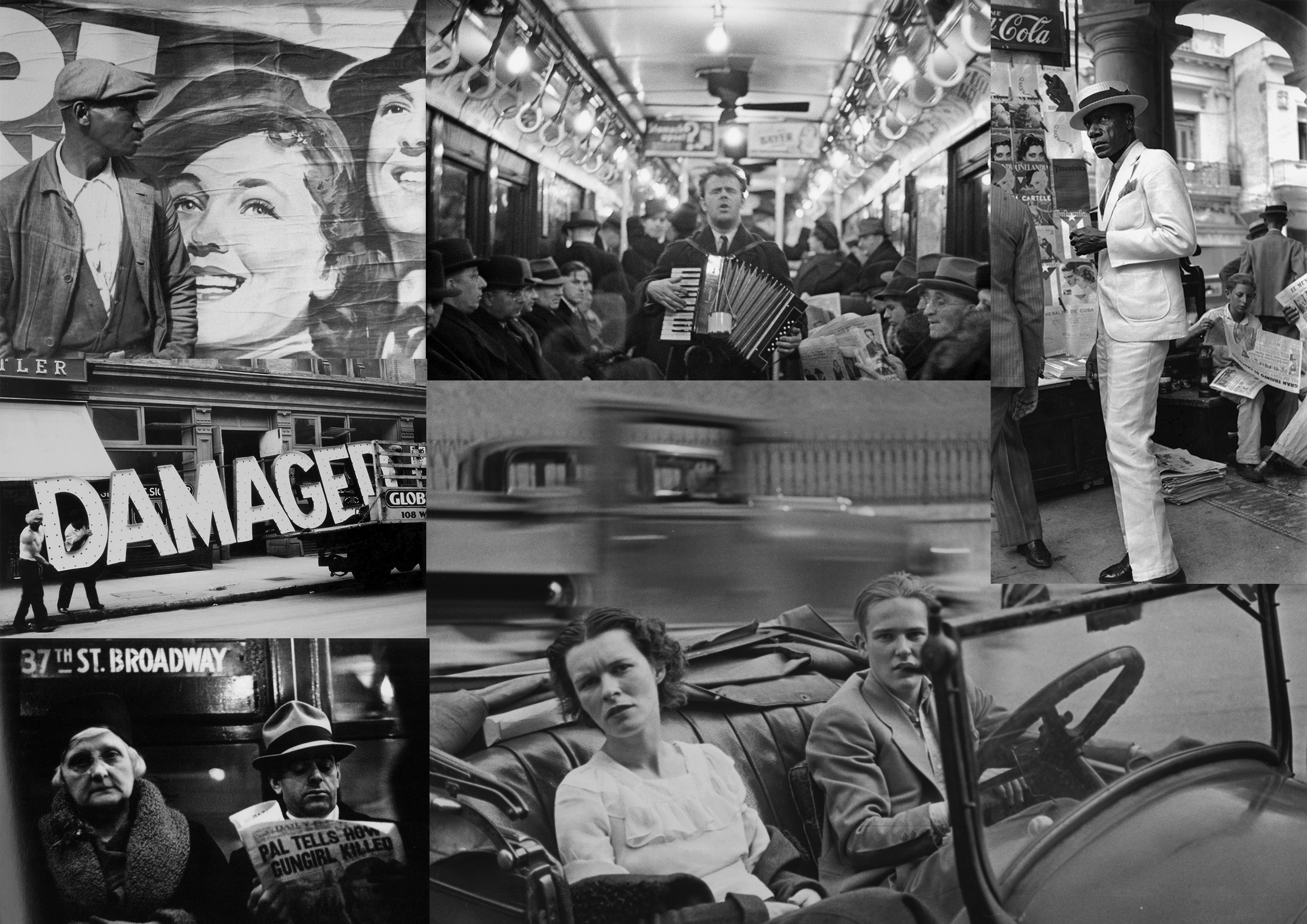
Paul Strand, America (1890-1976)
Paul Strand searched for a higher truth using the camera machine to capture life. Considered a master and one of the initial contributors to the modern art era not only by his “straight” use of the camera but also by what and how he photographed. Paul Strand was inducted into the International Photography Hall of Fame and Museum in 1984.

Alfred Stieglitz, America (1864- 1946)
Emerging first in the era of Pictorial photography, Stieglitz sought to gain recognition for his medium by producing effects that paralleled those found in other fine arts such as painting. Many of his peers resorted to elaborate re-touching to create an impression of the handmade, but Stieglitz relied more on compositional effects and mastery of tone, often concentrating on natural effects such as snow and steam to create qualities similar to those of the Impressionists.

Documentary Photography
Shortly after the invention of photography in 1839, several Scottish photographers began documenting the Fisherfolk of Fife and Edinburgh. These early photographs tell us a lot about their life and work.
For many people, documentary photography is defined as a form of sharp-focus photography that captures images of raw, candid human emotion in ‘real-life’ situations. It is the opportunity for a photographer to show the viewer the complexities and interlaced layers of life. The photographer often follows a topic or story over a period of time, and in this regard can be considered to differ from photojournalism where the objective is usually to cover events in real-time.
Common themes explored by documentary photographers are social and political problems such as injustice, conflict and inequality. For example, photographer and pioneer of the documentary genre, Don McCullin, is best known for his powerful works covering the horrors of war and documenting hardship.
“Seeing, looking at what others cannot bear to see is what my life is all about”
Don McCullin –
Street Photography
Street Photography may at first glance seem an easier style to define being characterised by its urban setting but Documentary photography can also be set in the streets. To most people, the clear distinction is that street photography usually captures an unplanned moment in time, and, unlike documentary photography, it has the absence of a central theme or topic. That said, street photographs can and often do, ‘acquire’ value as documentary images, especially within time, because they can offer a glimpse into a scene from the past and form pieces of social history.
Also, there is more freedom in street photography for the photographer to express themselves artistically. Using precise framing and composition they can capture a desired image at a desired moment. When it comes to locations, documentary photography takes place wherever the central topic or theme dictates, whereas in street photography the setting forms an essential part of the composition.
“To me, photography is the simultaneous recognition, in a fraction of a second, of the significance of an event.”
Henri Cartier-Bresson – http://www.gupmagazine.com/articles/the-decisive-moment
Resourses Used:
https://www.loc.gov/teachers/classroommaterials/connections/daguerreotype/history.html
http://www.jameshymangallery.com/search?q=walker+evans
http://www.jameshymangallery.com/artists/6636/biography/paul-strand
http://www.jameshymangallery.com/artists/7361/biography/alfred-stieglitz


